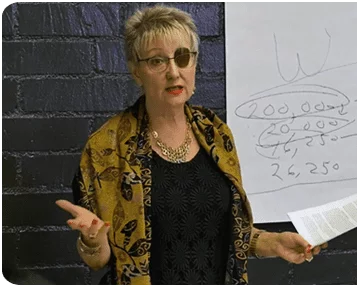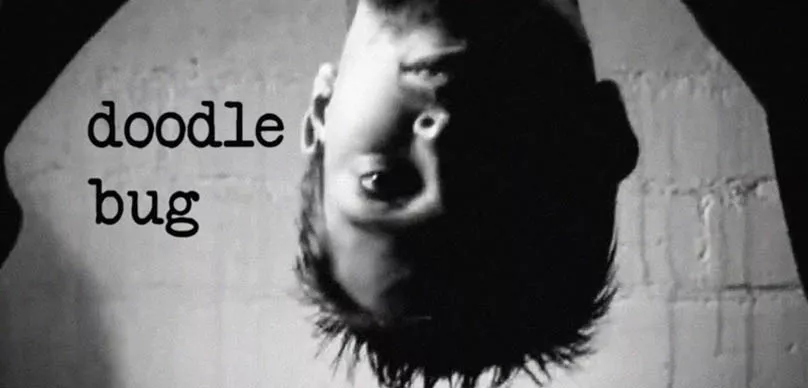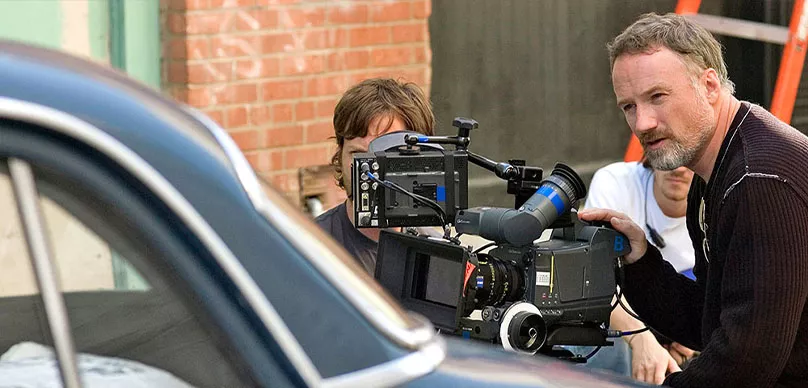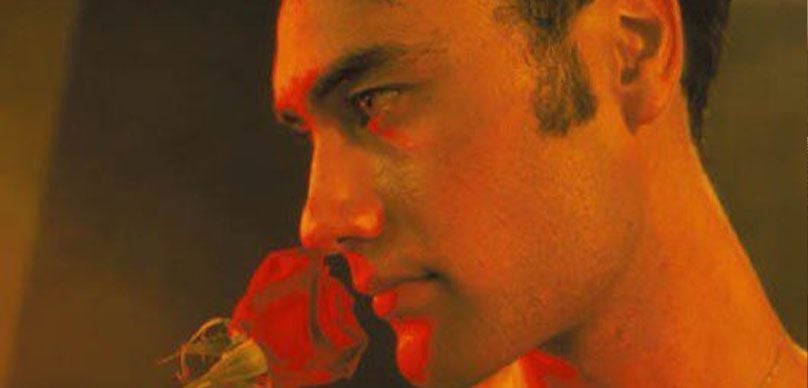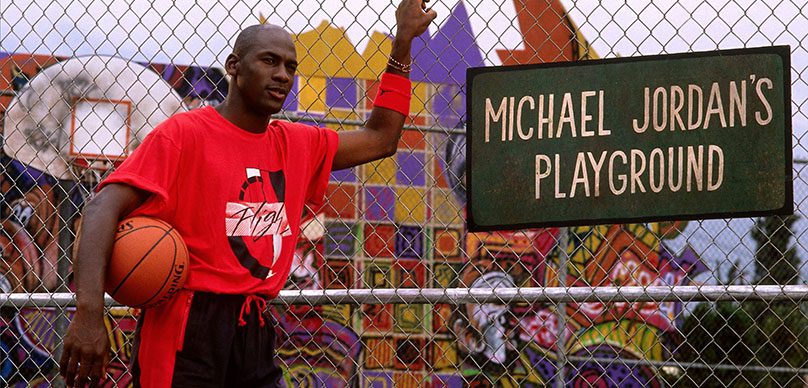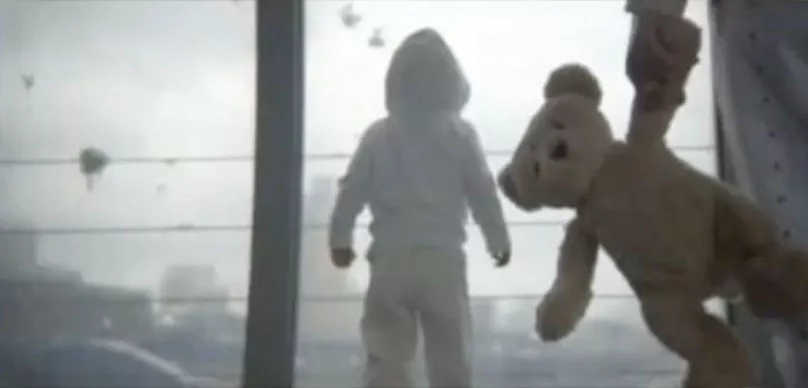Sometimes the most unexpected turns lead us to our true calling. On today’s episode, we welcome Clarke Scott, an Australian writer, director, and commercial photographer who stepped away from academia and corporate life to pursue the art of filmmaking. His path wasn’t straightforward, but out of its twists and setbacks emerged a filmmaker determined to carve his own way.
Clarke first discovered filmmaking while burned out in the Himalayas, working on a PhD in philosophy. A chance encounter with a cinematographer shooting a documentary on the Dalai Lama introduced him to the DSLR revolution that was reshaping independent film. It was a moment of revelation. Filmmaking offered a space where creativity and technical craft could coexist — a marriage of his artistic roots in music and poetry with his love of technology and problem-solving.
That spark led Clarke to build a career from the ground up, beginning with corporate and industrial video before turning toward narrative film. Eventually, he wrote, directed, shot, and edited his first feature, 1000 Moments Later, a completely independent production. He described the film as both an artistic challenge and a practical choice — an opportunity to create a story that meant something to him while gaining the hands-on experience of every stage of production. “At some point, I decided I wasn’t going to rely on anyone. I will do everything,” he said.
Throughout our conversation, Clarke emphasized the realities of working outside Hollywood. He spoke openly about choosing not to move to Los Angeles, even when the chance was there, because he knew it would mean compromising his creative voice. Instead, he focused on what he could build in Australia, working with limited budgets but maintaining full control over his vision. For him, the long game mattered more than short-term industry approval.
He also shared the lessons learned on set. One story in particular stood out: a difficult scene that stretched over two days, with weather turning stormy and an actor struggling to hit the right emotional note. Frustration ran high, but in the end, the raw energy of the struggle — combined with the dramatic backdrop of the storm — elevated the performance. Clarke’s eye for adapting to circumstance became as important as his direction, a reminder that resourcefulness is often the hidden key to independent filmmaking.
Beyond the anecdotes, Clarke offered hard-earned advice for filmmakers navigating the realities of the industry today. He warned against chasing unrealistic dreams of festivals like Sundance as a financial plan, urging instead a focus on building a body of work, finding an audience, and learning every part of the process. In his view, the strongest path forward is to create work that proves both your creative vision and your ability to finish what you start.
His approach is clear: use the tools available, leverage your community, and never wait for permission. Whether that means borrowing locations, persuading actors to work for back-end deals, or using today’s digital platforms to self-release, Clarke believes filmmakers have more opportunities than ever to make their work seen — if they are willing to do the hard work themselves.
In the end, Clarke Scott leaves us with a portrait of a filmmaker committed to telling stories his way, on his terms. His journey is proof that determination, creativity, and adaptability can turn even the smallest production into something meaningful.


